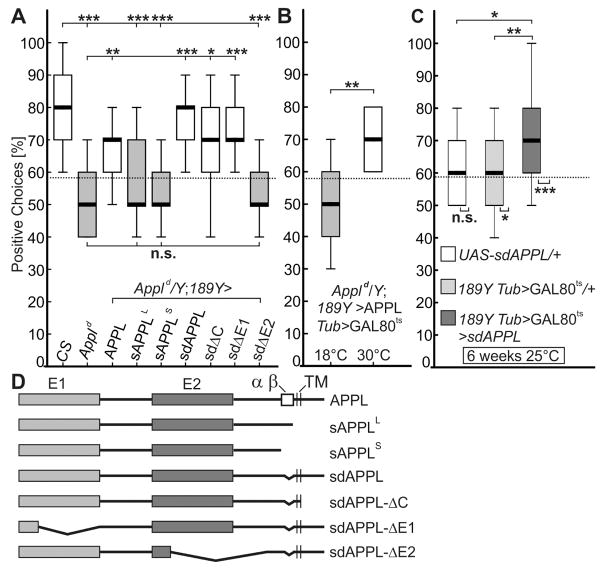Figure 2. Membrane-bound full-length APPL is required for visual working memory.
(A) Expression of wild-type APPL or secretion-defective sdAPPL in R3-neurons (189Y-GAL4) can rescue the memory deficit of Appld null-mutants. Ectodomain E2, but not E1, has to be present in sdAPPL to fulfil this function. The secreted fragments sAPPLS and sAPPLL are unable to rescue memory impairment in Appld. (n = 25 males; age 3–5d; n.s., not significant; *, p<0.05; **, p<0.001; ***, p<0.001; Kruskal-Wallis ANOVA, Bonferroni post-hoc).
(B) Conditional expression of APPL via 189Y-GAL4 Tub>GAL80ts (30°C incubation overnight) rescues the memory deficit compared to uninduced controls (18°C). The same flies were tested before and after temperature change. n = 14 males; **, p<0.001; Wilcoxon Matched Pairs test. See Figure S2 for evaluation of the APP695 transgene and rescues of the hypomorphic Appl4460 allele.
(C) Limited overexpression of sdAPPL with the 189Y-GAL4 Tub>GAL80ts driver line at 25°C (n = 25) improved the memory deficit in comparison to aged-matched controls (UAS-sdAPPL/II, n = 15 and 189Y-GAL4 Tub>GAL80ts/II, n = 25; Kruskal-Wallis ANOVA, Bonferroni post-hoc). See Data S2 for statistical analysis.
(D) Schematic display of the APPL constructs used in the rescue experiment.

